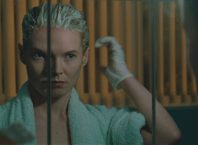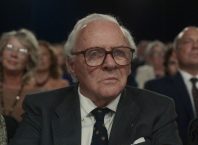Take a look at a slice of 1965 through the lens of the Israel Museum. The Israel Museum, Jerusalem is celebrating its 50th anniversary this year with an exploration of the visual context in which the museum came to be. The Israel Museum is a significant and essential presence in Israeli culture; its extensive collections, exhibitions and events reflect the past and present of this region, playing a significant role in shaping and influencing contemporary culture. Now, imagine Israel 50 years ago, an Israel in which this leading cultural institution did not yet exist…
The exhibition 1965 Today reflects the visual culture in Israel at the time of the museum’s founding, through material culture, visual art and the moving image. Most striking is the exhibit of 50 artworks created in Israel at that time, juxtaposed with images and video from the international art scene.
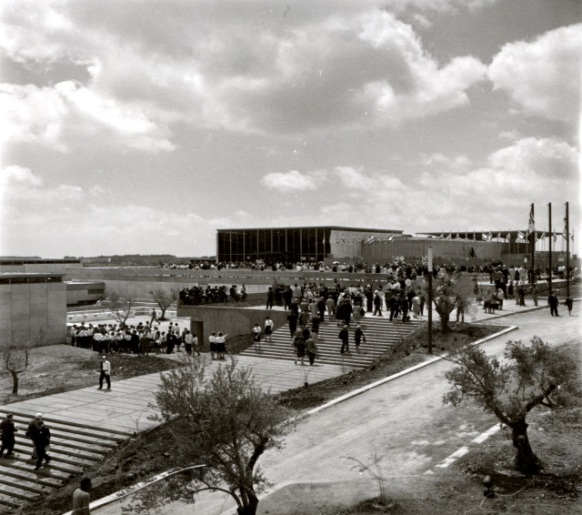
A display of the material culture in Israel of 1965 instantly immerses one in the look and feel of the time. For Israelis, there will be glimmers of nostalgia, while for those of us who did not grow up here, the paraphernalia of everyday life offer insights into the Israeli experience. Walking through this gateway, one steps back in time into the main gallery, to see the works of Israeli artists displayed on a grid which enables one to take in the black and white images from world culture on the surrounding walls.
Touring the art exhibit with Yulla and Jacques Lipchitz Chief Curator Mira Lapidot, offered a unique and illuminating perspective on its development.
“This exhibition is not about the museum as such,” explained Mira Lapidot, “but rather to understand the context into which this place came into being… it was a very different setting try to understand that time, that period and what was the culture around in Israel and abroad.”
Conveying the vast difference between Israel today and the Israel of 50 years ago, Lapidot noted that “the word for curator in Hebrew (otzer), is a word that was invented was coined in 1965, the year the museum was inaugurated. This was a very nice discovery that we made through Yona Fisher. Our profession was born in the Hebrew sense of the word in 1965.”
The initial step in planning the exhibit was to look at all the Israeli works in the museum’s collections with a signing date of 1965. As it turns out, there weren’t that many, and for the most part, these were works were not acquired in 1965, but added to the collection over time. One exception is a work by Anna Ticho, which she presented to the museum as a gift on the occasion of the inauguration. In looking at the Israeli and international works in the collection dated 1965, the curators realized “that this was not the story,” and decided to shift their focus to works that were created in Israel with a signing date of 1965. Reaching out to museums around the world, they arrived at a selection of 50 works that reflect the different artists active in Israel at the time the museum was founded.
Strolling through the exhibit, one will encounter many well known names, as well as some artists who might not be familiar to the contemporary museum visitor. One very distinctive feature of this exhibit is that the information for each work includes the artist’s age in 1965, giving a better sense of where they were in their lives and career trajectory at the time. Micha Ullman, for example, was 26 years old in 1965, and as Lapidot said, “He didn’t know he was going to be Micha Ullman yet.”
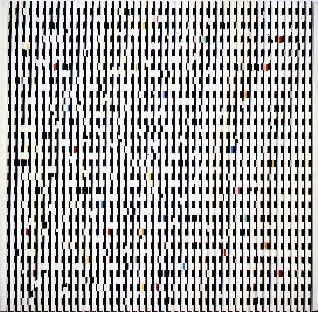
The works are presented in alphabetical order, according to the artist’s last name, opening up the possibility for seeing connections between artists we otherwise might not consider in the same context, and other moments of serendipity. One such instance is the placement of Yaakov Agam. As it turns out, Agam will celebrate his 80th birthday on May 11, sharing a birthday with the museum. Best known in popular culture for op art and his public art, such as the fountain in Dizengof Square, when one views Agam’s work both in the context of other Israeli artists active at the time, and the international art scene, it’s quite an eye-opener.
The art news of the period is displayed in a strip of light boxes that wraps around the gallery walls, all in black and white, consistent with the way that this information would have reached Israeli artists as reproductions in magazines. The international art scene “wasn’t experienced first-hand by Israeli artists,” explained Lapidot, “[art news] only came with a certain delay to Israel and one can see its influences only later. Here was one of our surprises…we suddenly realized Yaakov Agam was perhaps the most progressive up to date international artist working in Israel in that year.” MOMA presented The Responsive Eye in 1965, an exhibition showcasing op art, including 120 works from 99 artists in 15 countries, among them was Yaakov Agam.
Another interesting discovery from the curator’s research into 1965 is that initially, when the Israel Museum opened, they had not planned to show Israeli art. When the decision was made to hold an exhibit of Israeli art, curated by Yona Fisher, all the galleries had already been assigned to other exhibitions, so the Israel Museum’s first exhibition of Israeli art was shown at the Jerusalem International Convention Center (Binyanei Hauma). Titled Trends in Israeli Art, it included works by Buki Schwartz, Yigal Tumarkin, Rafi Lavie and Aika Brown. Aika Brown is an artist who died tragically young in 1964, just 27 years old at the time of his death. The work presented in the current exhibition is from 1963, the one exception to the 1965 signing date. Brown worked with very dark, black canvases and had works of assemblage employing doll’s heads, as Lapidot noted, “very morbid.”
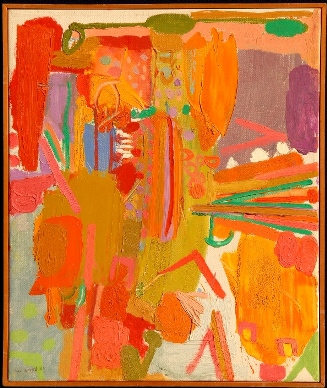
Alongside works of artists well established at the time such as Zaritsky (who was then 74) or Leah Nikel, and those of up and coming young artists such as Rafi Lavie and Yigal Tumarkin, there was one name that was entirely unfamiliar to me: Yosef Halevi. As Lapidot recounted, Yosef Halevi was a name that came up often in their research on the year 1965, but they too “didn’t know his name.”
“Yosef Halevi was one of the most popular artists working in that year,” said Lapidot, “we contacted his daughter to learn why he disappeared from the narrative of Israeli art. In 1973 he moved to Amsterdam, cut his ties with the Israeli art scene and his reputation just sort of vanished. It was the most radical revelation that we had here, rediscovered artists that were important in that year.”
Just as I heard Lapidot saying that 1965 was “the heyday of ceramics in public and private art” my eyes were drawn beyond the white grid to the light boxes on the wall, where I saw a video of Yoko Ono’s landmark performance work Cut Piece, performed at Carnegie Hall in New York in March 1964. The artists sat on the concert hall stage, wearing elegant clothes, with a pair of scissors beside her, and the audience was invited to come up and cut pieces off her clothes, which they were allowed to keep. Along with images of Joseph Beuys’ How to Explain Pictures to a Dead Hare and other art news, it is a reminder of the distance and difference between Israel and the world at the time, and the difference between then and now.
One significant difference, as related by Dr. Noam Gal, Horace and Grace Goldsmith Senior Curator of the Noel and Harriette Levine Department of Photography, is that 1965 was “before photography was embraced as part of the art scene in Israel.” The exhibit therefore focuses on the uses of the moving image in that year. An installation in a separate room juxtaposes news reels (which usually accompanied screenings at the cinema) with 8 mm home movies. The two sources are screened on opposite walls, offering a view of the current events of the time – historic elections in Israel, the Vietnam War – from two very different perspectives.
1965 Today will be on exhibit until August 29, 2015.
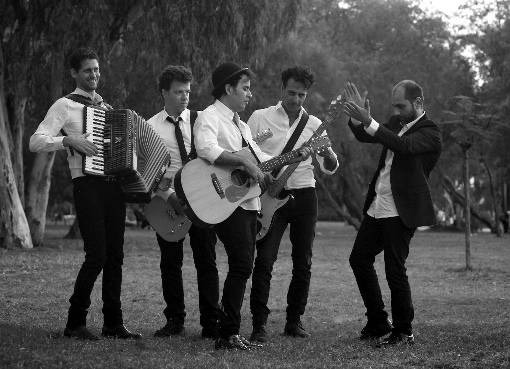
In the coming month, the exhibit will be accompanied by the concert series Made In Israel that can be experienced as a live soundtrack to the exhibition, expanding the experience and associations of the exhibition. The performance dates: May 12th Shlomi Shaban and the piano; May 13th Micha Shitrit hosts Arcadi Duchin; May 14th Knessiyat Hasechel; May 16th Chava Alberstein. Tickets may be purchased online (and include museum admission) via this link, or call: 02-6771300.
1965 Today is curated by Mira Lapidot, Yulla and Jacques Lipchitz Chief Curator of the Fine Arts; Dr. Noam Gal, Horace and Grace Goldsmith Senior Curator of the Noel and Harriette Levine Department of Photography; Noga Eliash-Zalmanovich, Associate Curator, Stella Fischbach Department of Modern Art; and Aya Miron, Associate Curator, David Orgler Department of Israeli Art.



